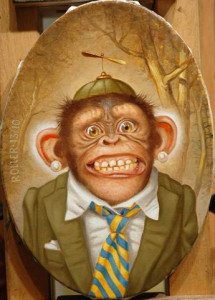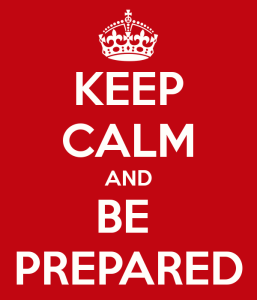By Marci Liroff
I was casting a TV pilot a few years ago and one of the roles was described as an “Old-World Hollywood agent. He even wears a pocket square in his suit jacket.” All of the lovely actors who came in were dressed to the nines.
I brought in an actor from Canada who I didn’t know personally, but had seen his demo reel and was impressed. It was enough to convince me to bring him straight to the producers without a pre-read because I was pressed for time. He had a great comedy background and was a fresh face out here so I thought it would be an interesting audition at the very least.
When you work on a television show the writers are often the creators and producers of the show. I had a full house that day with the director for the pilot, the star/creator/writer/producer and his writing/producing partner as well.
Mr. Canada showed up wearing a grungy leather jacket, ripped up jeans (not the designer kind!), and a wrinkled t-shirt. I thought to myself, “Wow, this guy must be really good to be so carefree about how he’s dressed for his audition!” He sat down, didn’t say much, put on his “readers” (half-glasses), and began to read the scene off of the page. Our creator/star read with all the actors. The actor continued to read, face down in his sides. He’d look up briefly to see that we were all still there, but basically just read off the page. I felt the energy in the room shift. I saw steam start to come out of the producer’s ears. My face got all hot. Then it happened. As if things weren’t bad enough, Mr. Canada decided to try his hand at a joke and change the dialogue. He was sitting in the presence of one of the hottest veteran comedians for the last 30 years who had a long-running hit TV show and he thought he’d show them how funny he was by changing their dialogue. The line read, “Boy! Somebody’s got a bee in his bonnet today!” referring to how our star was being cranky. He changed the line to, “Boy! Somebody’s got a bee in his yalmulke today!” – he was referring to what a Jewish man wears on his head in Temple. He tried to make a Jewish joke to the Jews in the room. At that point, one of the producer’s head exploded. The other producer was so furious he literally turned his entire body around on the couch to face the back of the room, away from Mr. Funny. I felt myself sinking into a pool of hot molasses.
He finished his scene. We all just sat there staring at him. You could hear a pin drop. I said “thank you” and he slunk out of the room. Then everybody turned to look at me with a giant “what the f*ck was that?!” look on their collective faces. I had no answer. I threw myself on the sword. I took responsibility for this guy being not prepared, not caring about how he dressed, and the ultimate sin – changing dialogue.
You have to remember that by the time you finally get the script it has been through months of revisions and rewrites, and notes from the studio and network. The writers want to hear their words. They get very attached to them.
I’ve worked with some directors who openly say, “I’m not attached to the material – it’s ok if you riff with it a bit”. That’s the time to improvise. Otherwise, stick to the material you’ve been given, put your own unique spin on it from your well-thought out character choices, then let it fly….as written.
Please share your experiences when you improvised and it didn’t work…or it worked beautifully! There are exceptions to every rule. I want to hear your stories!
Glad you’re here!
Marci







Recent Comments